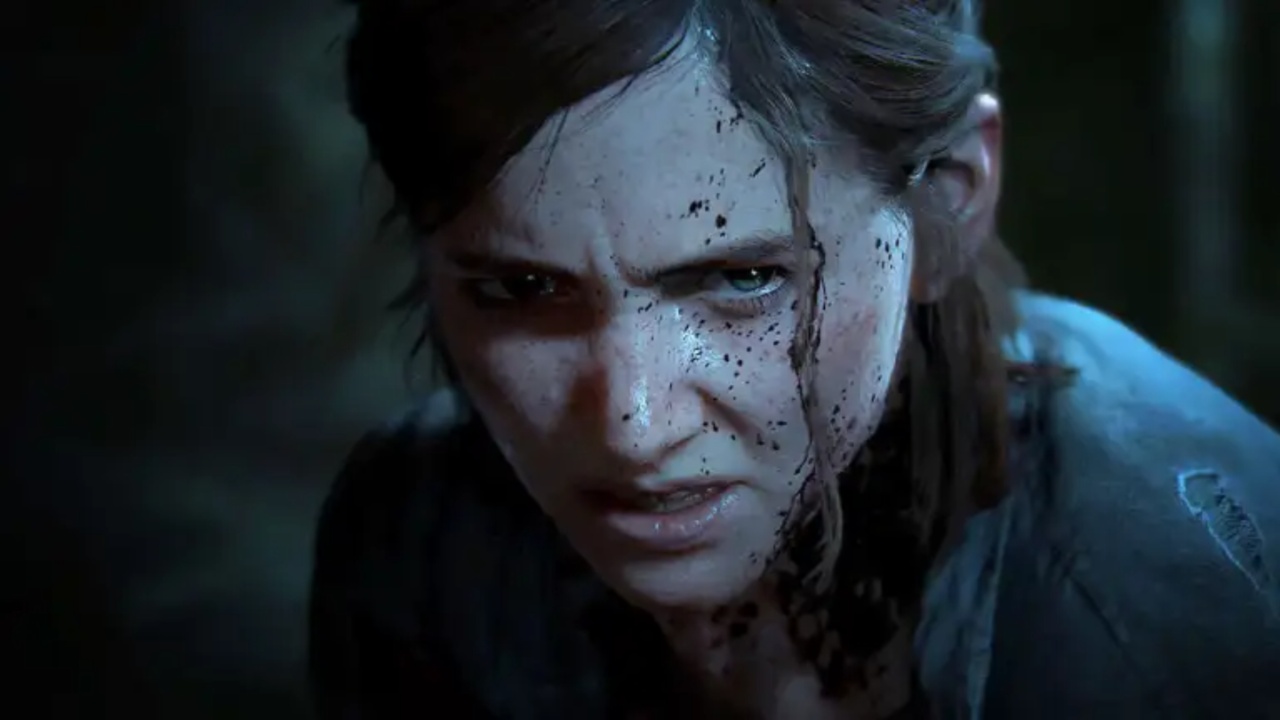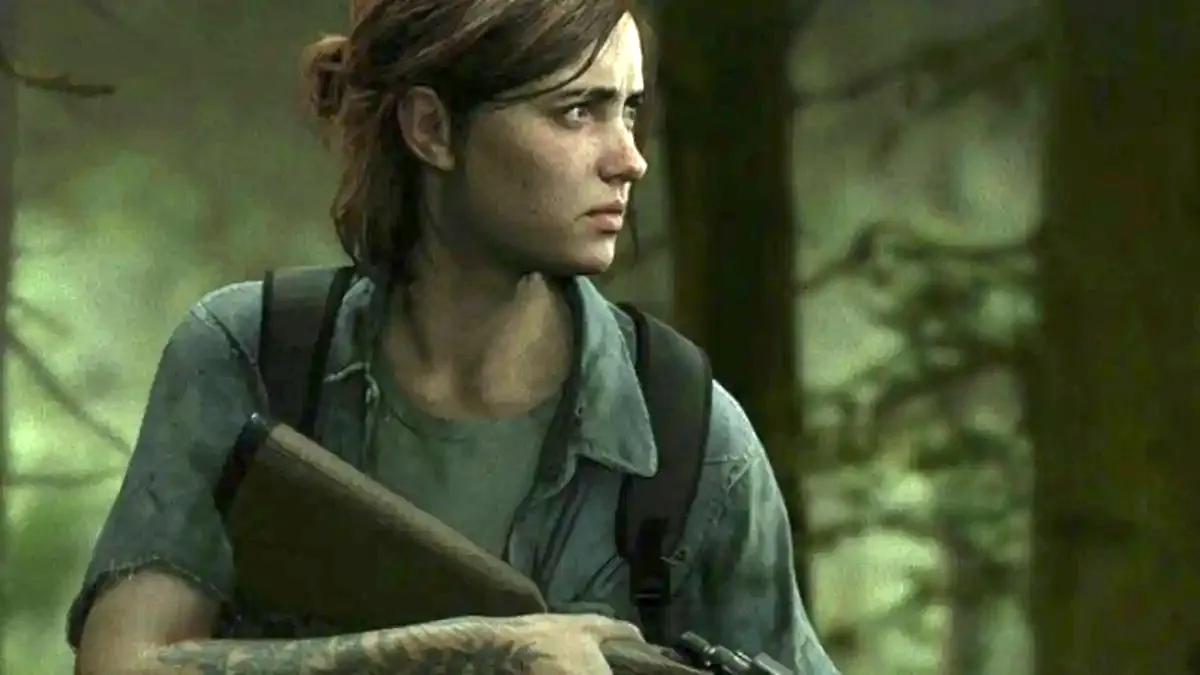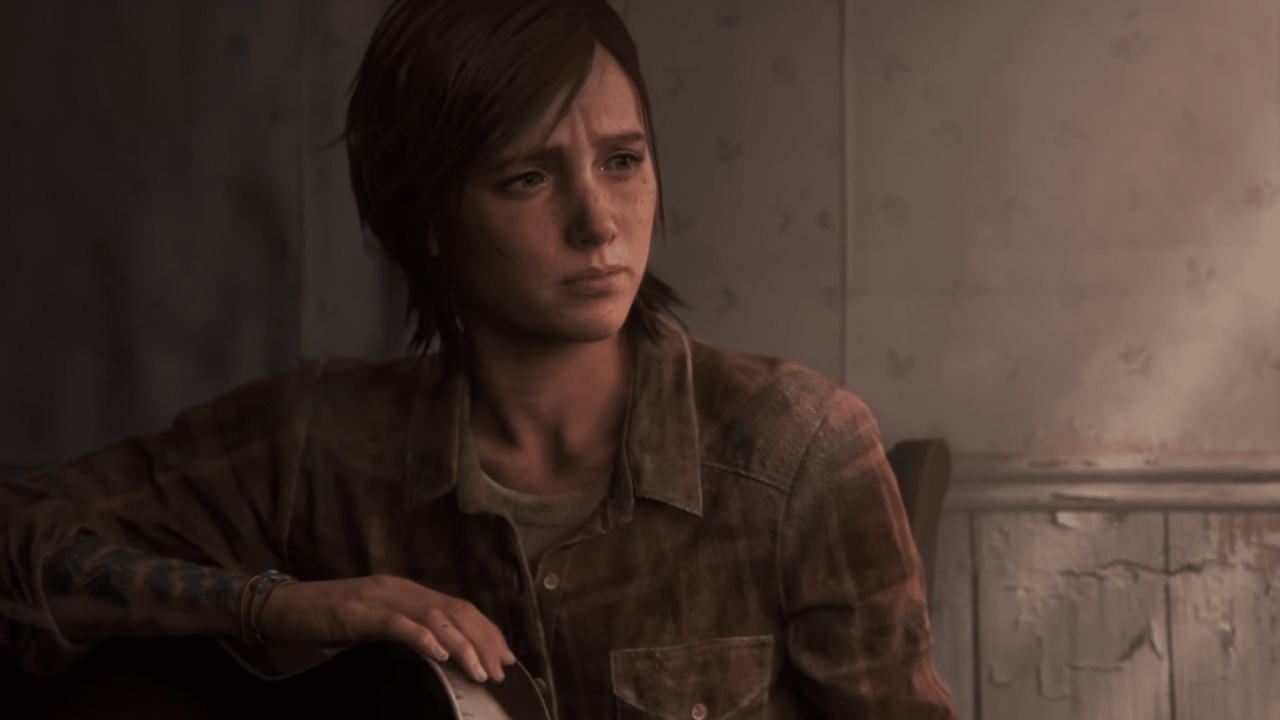The ending of The Last of Us Part II focuses on the fates of Ellie, Joel, Abby, and Lev. Unlike the ambiguous conclusion of the first game, Part II provides a clearer resolution while still leaving questions about the characters’ futures. The story emphasizes themes of revenge, forgiveness, and the consequences of violence. This summary provides an overview of the ending, the final choices made by the characters, and the possible implications for the broader The Last of Us universe.
This discussion contains major spoilers for The Last of Us Part II. Players who have not completed the game should stop reading. The ending builds on intense storylines and complex character relationships. Joel’s actions in the first game, Ellie’s search for closure, and the choices made during the journey all converge in the final sequences. Understanding the ending fully requires knowledge of the previous events in the game.
The ending begins after a brutal confrontation in Seattle where Abby leaves Ellie near death. Ellie returns home to Wyoming and tries to live a normal life with Dina and their baby, JJ. Eighteen months later, the family is raising JJ on a farm near Jackson. Despite moments of calm, Ellie continues to suffer from PTSD following Joel’s murder. A visit from Tommy with news of Abby and Lev’s location prompts Ellie to leave the farm and pursue her long-awaited revenge, upsetting Dina.

Abby and Lev Captured, Ellie Confronts Revenge, Forgiveness Shapes Final Story Outcome
Abby and Lev are attempting to reach the reformed Fireflies in Santa Barbara. Before they can do so, they are captured by a slaver group called the Rattlers. This group serves as a major obstacle for the characters near the end of the story. Months later, Ellie finds the Rattler base and discovers Abby and Lev imprisoned. She initially considers helping them escape but ultimately allows Abby to fight for her life, leading to the final confrontation between the two women.
The final fight between Ellie and Abby represents the climax of the story. Both characters are physically and emotionally damaged, exchanging desperate blows near the coastline. At a crucial moment, Ellie begins to drown Abby. A memory of Joel triggers a sudden act of mercy, and she lets Abby and Lev escape by boat. When Ellie returns home, she finds her farm abandoned except for her music and artwork. This moment symbolizes her reflection and the consequences of her actions.
The ending emphasizes forgiveness and the consequences of seeking revenge. A flashback shows Ellie beginning to forgive Joel before Abby interrupts the possibility of reconciliation. This provides context for her anger toward Abby. By sparing Abby, Ellie chooses mercy over violence, honoring Joel’s memory and ending the cycle of vengeance. The final shot of Ellie walking through the fields represents her attempt to move forward with her life.

The Rattlers, Abby, Dina, and Future Storylines Highlight Post-Apocalyptic Consequences and Choices
The Rattlers are introduced late in the game as a violent group capturing and enslaving survivors. They are based in Santa Barbara and punish those who resist them with extreme brutality. Unlike the WLF and Seraphites, the Rattlers lack complexity or empathy. Their presence serves as a narrative device for Ellie’s final moral choice, highlighting the contrast between revenge and compassion.
After Ellie’s act of mercy, Abby and Lev survive and likely continue toward the reformed Fireflies. Visual hints in the game suggest they successfully reach the group. Dina and JJ are absent from Ellie’s home in the final scene, implying that Dina returned to Jackson after Ellie’s trip to California. Their exact fate remains uncertain, leaving open questions about whether Ellie can reconcile with Dina. Abby and Lev’s story also remains open, suggesting potential for future narrative content.
The Last of Us Part II uses narrative deception, especially in its trailers. Promotional material suggested Joel survived longer and would help Ellie seek revenge. In reality, he dies early, and Dina accompanies Ellie instead. Some scenes in the trailers never existed in the game, showing Naughty Dog’s commitment to surprising players and maintaining secrecy around the story. The trailers misled audiences to heighten the emotional impact of Joel’s death.
While Ellie and Joel’s story concludes, the world of The Last of Us remains open for future content. Naughty Dog has confirmed a new multiplayer experience based on the original Factions mode. Single-player stories may also follow Abby and Lev’s journey. The game’s timeline includes gaps, such as Ellie’s dangerous trip to Santa Barbara, which could serve as material for expansions or standalone content. The ending emphasizes the consequences of violence and the possibility of redemption while leaving room for new stories in this post-apocalyptic world.



